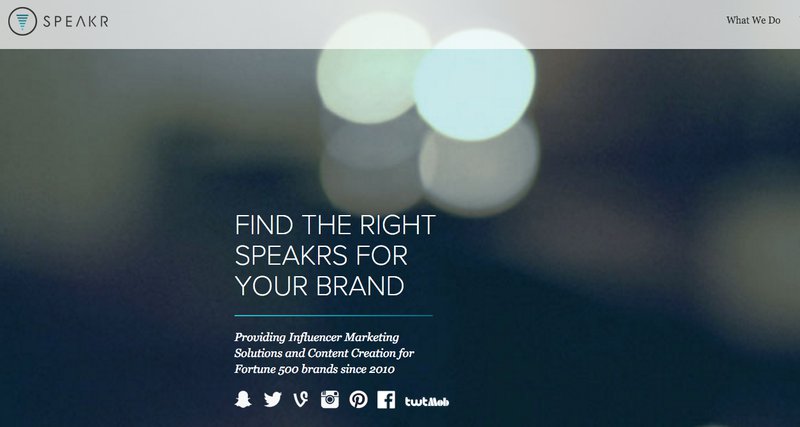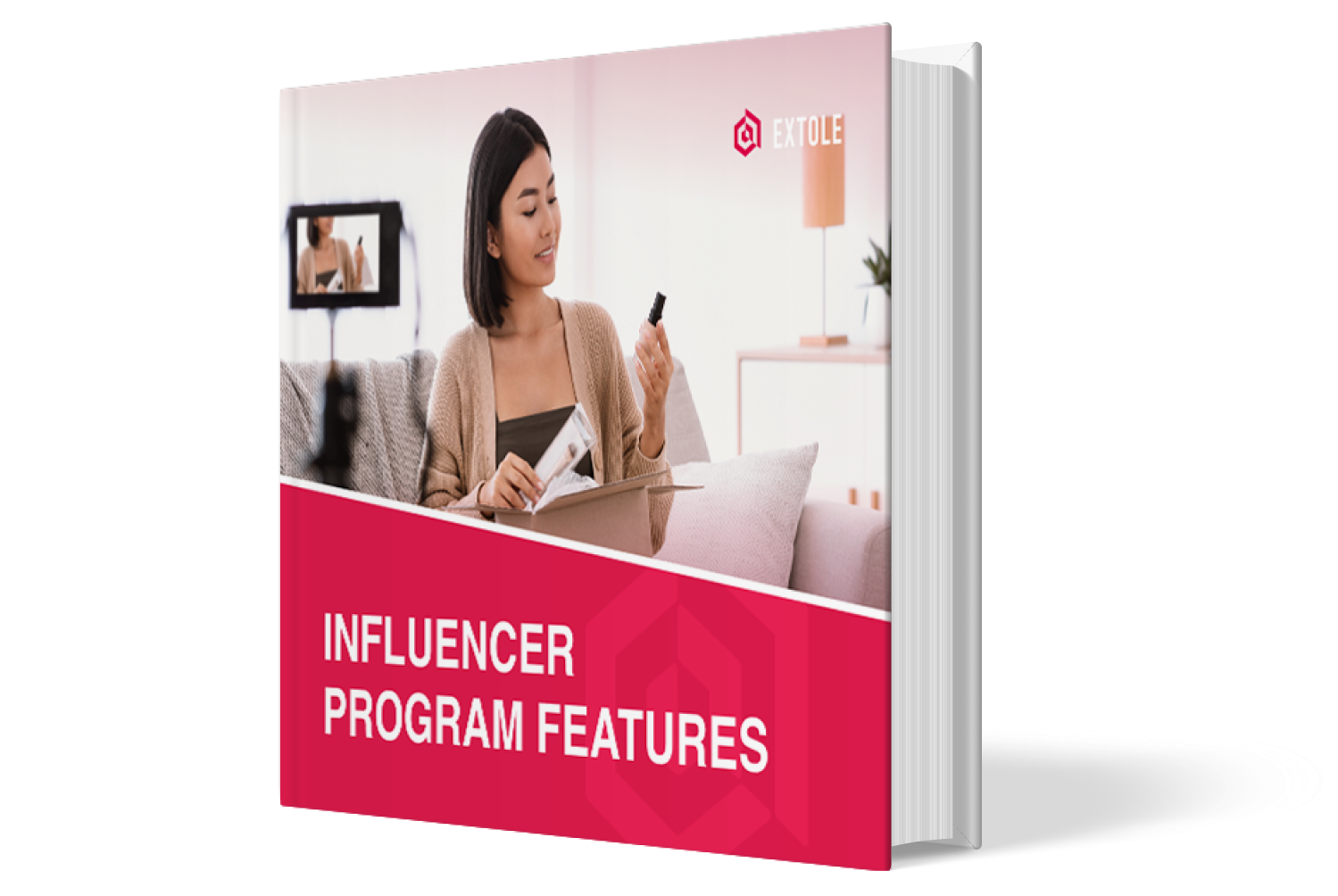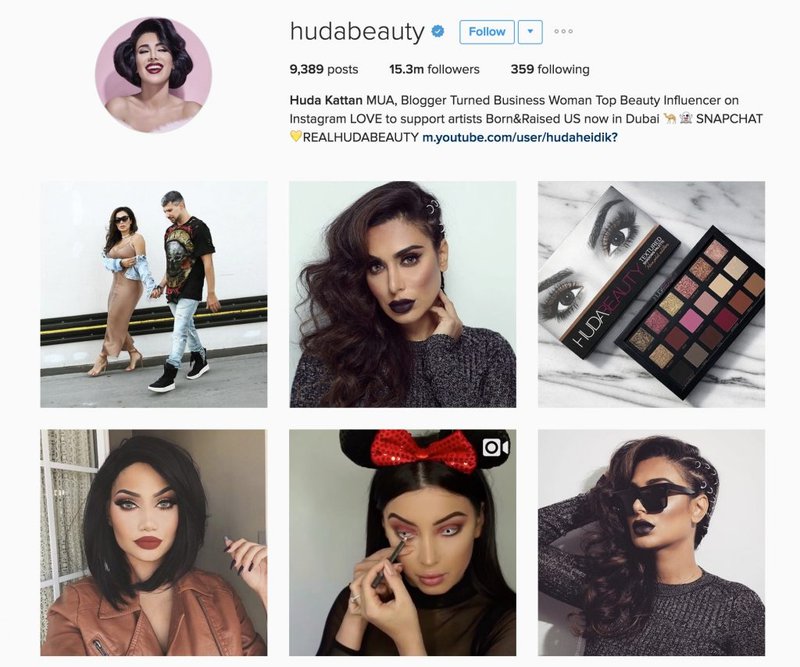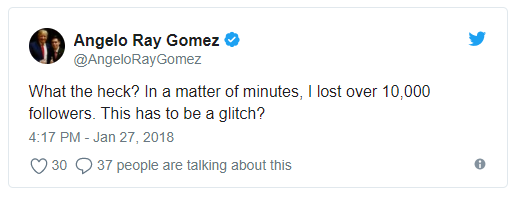Whether you’re launching a new product or trying to grow your brand more broadly, if you want to get as much exposure as possible, influencer marketing will get you there.
These days you don’t have to look much further than places like YouTube and Instagram to find influencers to partner with. When you team up with people who have a sizable following and are connected to the kinds of people you know will love your brand, you get tons of awareness, and you reach people that you probably wouldn’t have reached otherwise.
But there are some issues with influencer marketing. For starters:
- It’s hard to determine ROI. Influencer marketing isn’t designed to measure sales. This makes it hard to measure whether sales went up or down as a direct result of partnering with an influencer.
- Changing social media algorithms make it hard for organic content to get noticed. Recent changes make it hard to know whether people are actually seeing your content on a consistent basis.
- Managing campaigns is time-consuming. Marketers often run multiple campaigns at once to compensate for all of the products they offer. This takes time away from managing other parts of the business – this is especially true for smaller businesses.
- Bots make it hard to evaluate influencer credibility. It’s become more common for some influencers to turn to bots to inflate the number of followers they have and to mimic engagement.
The good news is that you can overcome these challenges by combining influencer marketing with referral marketing. An effective referral program will help you uncover influencers – ones who are actual customers or fans – who can then reach a wide audience and get them interested in what you have to offer. Then with this audience, your referral program can help grow ROI and build a loyal advocate base. Finally, some of the same underpinnings of your referral program can address many of the issues with influencer marketing outlined above. Let’s look at what’s involved.
Influencers – ones who are actual customers or fans – can reach a wide audience and get them interested in what you offer
Identify advocates who are microinfluencers to increase ROI
ROI math, normally pretty simple for customer acquisition solutions, gets a little complicated with influencer marketing. Astonishing influencer ROI numbers are everywhere. They are touted to marketers, and platforms like Speakr, TapInfluence and NeoReach try to help brands achieve those numbers. These platforms focus on two things (beware my generalization):
- Matching brands with influencers
- Helping marketers plan, manage and distribute their content

[Source]
Notice that earning brands money based on their investment isn’t on the list. You need to do this part yourself with analytics, with your ecommerce platform, and with your time (more on that one later). But, referral makes connecting the dots easier and lightens the burden. Here’s what to do:
- Look for microinfluencers within your group of advocates. When you build a referral program marketed to every customers, you’ll be able to uncover the ones with a sizable following and the ones who are naturally driving a lot of traffic. This is key because these folks, who may never appear on any list of influencers, are truly and authentically recommending a brand that they already use and believe in.
- Engage your influencers with their own referral code. After you recognize that an advocate is an influencer, consider rewards that will compel them and their audience, and then issue them a personal referral code connected to those rewards. Brands do this today by issuing unique multi-use coupon codes manually. A referral code is more – it’s loaded with data – and it’s more flexible.
- Measure the impact. Using a referral code gives you direct insight into whether your influencer advocates are actually driving traffic, sales, advocacy, and more.
The benefit to this approach is you’re using influencers who use and believe in your product and you have concrete data to calculate your ROI.

Extend Your Brand Reach With Influencer Advocates
Let your influencers create new customers. Learn how to access their followers and drive customer-led growth.
Get the GuideFocus on making human connections vs. catering to algorithms
New and changing social algorithms make it hard to determine exactly what content – organic or paid – shows up in front of your audience at any given time. Facebook recently made headlines with and update to their algorithm so that users see only the most relevant content. While this makes for a better customer experience, it’s harder for brands to get the exposure they once did.
Influencers give you reach for sure. But changing algorithms make it hard to know whether people are consistently seeing your content. For example, let’s say you’re marketing cosmetics to millennials. When you partner with an Instagram personality, algorithms determine who sees your content.

[Source]
When you add refer-a-friend to the mix, you offset this effect. An existing customer sharing to her friends’ timelines or personally with Messenger, for example, isn’t subject to the caprice of the algorithm.
Moreover, your advocates are sharing more personally. They’ve used your product and genuinely want to help the people around them experience the same value they have. A referral strategy works because:
- People seek out posts from their friends and family. This makes them more likely to see these posts vs. random ads.
- People trust friends and family and are more likely to take action based on what they see.
- People in the same groups online share similar interests so posts from fellow members will be received well.
So there’s a way you can take back control. Rather than hope enough of your target audience sees influencer content, get your advocates to help. They want to!
Focus on making human connections vs. catering to algorithms
Marketers don’t have enough time to manage many influencer marketing campaigns at the same time. First, they have to find influencers, research the reach for each one, engage them, then connect with them on the content to share, and finally try to analyze their impact. This all takes time and gets more complex as you add more people and products to the mix.
Again, your existing customers can help. First, turning customers into advocates is easy. Encourage them to refer and reward them when purchases happen. If you make it easy, they’ll do it. Your program can activate tens of thousands of advocates who collectively will have a massive impact with relatively little effort. Secondly, when customers share through your referral program, they already have a story to tell. They don’t need to be guided. You don’t need to produce content; they produce their own in much the same way customers create content when they write product reviews. Finally, referral measurement (and optimization! how do you optimize an influencer??) is at this point an established and straightforward exercise for even the most resource strapped organization.
Use follower engagement to funnel users through the customer journey
When Twitter recently purged “users” from its platform, influencers were quick to notice.
 [Source]
[Source]
Why? Because this was Twitter’s response to strategies involving bots parading as users. The use of bots violates Twitter’s policies and have the potential to disrupt brands’ willingness to do business on the platform.
While influencers with ten of thousands or even millions of followers look promising, it’s meaningless if the majority of those followers aren’t actual people. Bots, instead of actual people, can make it seem like some influencers have more followers and reach than they actually do. Developers have done a great job creating “smarter” bots, but they’re still meaningless.
Bots don’t buy. So, just looking at the number of followers an influencer has doesn’t tell you much about their possible revenue impact. Instead of using the number of followers an influencer has to gauge their success rate, look at the engagement followers have with your influencers:
- Ask yourself if there’s a wide range of followers commenting or uploading content.
- If comments are vague and don’t offer any real proof that the product’s been used, chances are the comment was generated by a bot.
- Since bots don’t buy anything, ask influencers for their high-level sales numbers. Influencers with millions of followers but minimal brand sales are a red flag.
Refer-a-friend builds on the fact that influence can’t always be counted in followers. Rather, we all have influence based on experience, taste, energy, personal connection. Encouraging people to unlock their influence is as easy as making refer-a-friend available, making it easy to use, and making it a rewarding part of the customer journey.
Your existing customers are here to help
There are a lot of benefits when you use influencer marketing. The main one is it gets you in front of customers that you might not have encountered otherwise. The key to making this successful is to use your existing customers to help.
This relieves some of the pressure of focusing mostly on influencers to help grow your audience. Your advocates already understand your product and use it often. Their referrals come off as genuine because they’re speaking from experience and not just from a business perspective.
Their circle of influence understands and trusts this so use this to get exposure for your brand and experience long-term growth.



